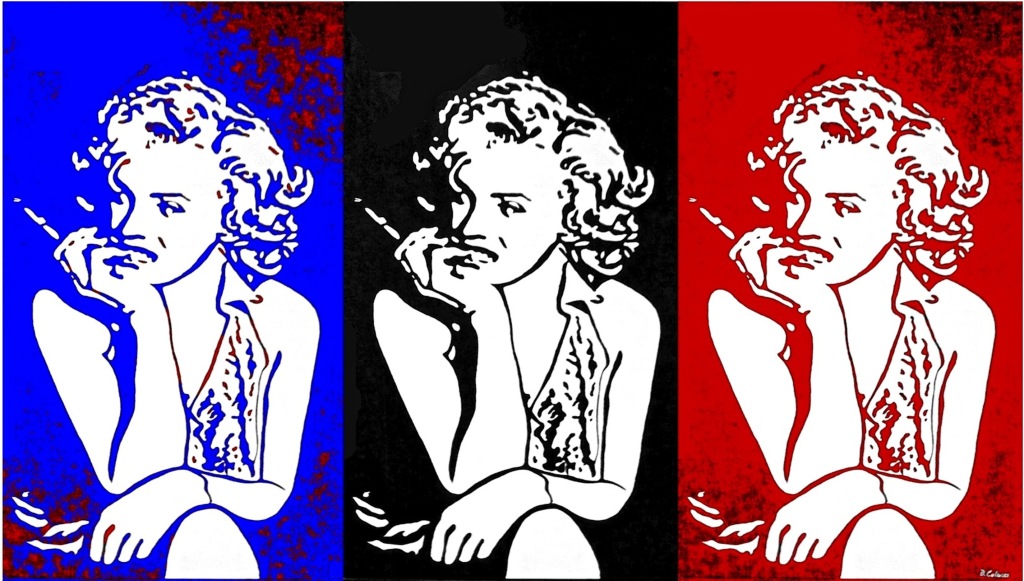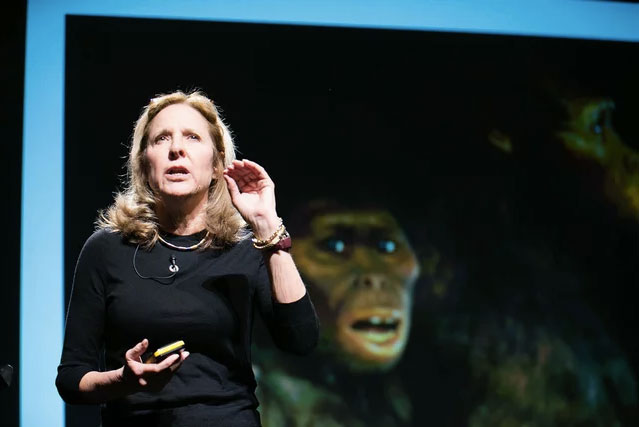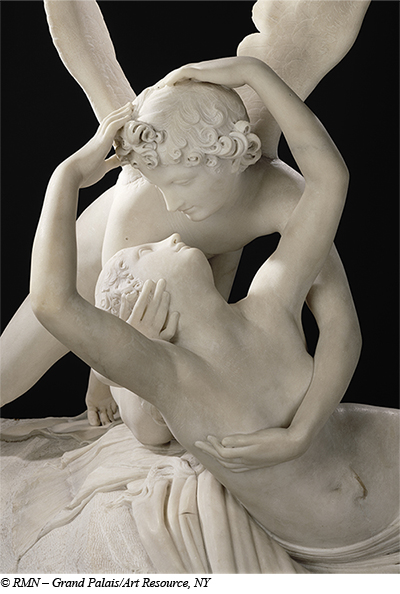 Starlets Triple Delight, by Danielle Colucci
Starlets Triple Delight, by Danielle Colucci
Love and lust: what’s the difference?
The ancient Greeks had several words for different kinds of love. But we divide love into three basic brain systems: lust (the sex drive), romantic love and feelings of deep attachment. These three brain systems are often deeply entwined. But not always. You can have sex with someone you don’t love; you can be madly in love with someone you will never bed; and you can feel a deep sense of attachment to someone for whom you feel neither lust nor romantic passion.
In short, each of these basic mating drives is associated with a different primary brain and chemical system.
Lust, what an Italian proverb calls “the oldest lion of them all,” has long been associated with the testosterone system in both men and women. Instead, romantic love is orchestrated, foremost, by the dopamine system in the brain. And feelings of deep attachment are now linked with the neurochemical systems, oxytocin and vasopressin.
And interestingly, most peoples around the world easily distinguish between romantic love and lust. On the Polynesian island of Mangaia, “real love” is called inangaro kino, a state of romantic passion distinct from sexual desire. The Taita of Kenya call lust ashiki, while they refer to romantic love as pendo. And in Caruaru, a town in northeast Brazil, locals say, “Amor is when you feel a desire to always be with her; you breathe her, eat her, drink her; you are always thinking of her; you don’t manage to live without her.” Paixao, on the other hand, is “horniness.”
NEXT





Excellent. I fall in love with Love.